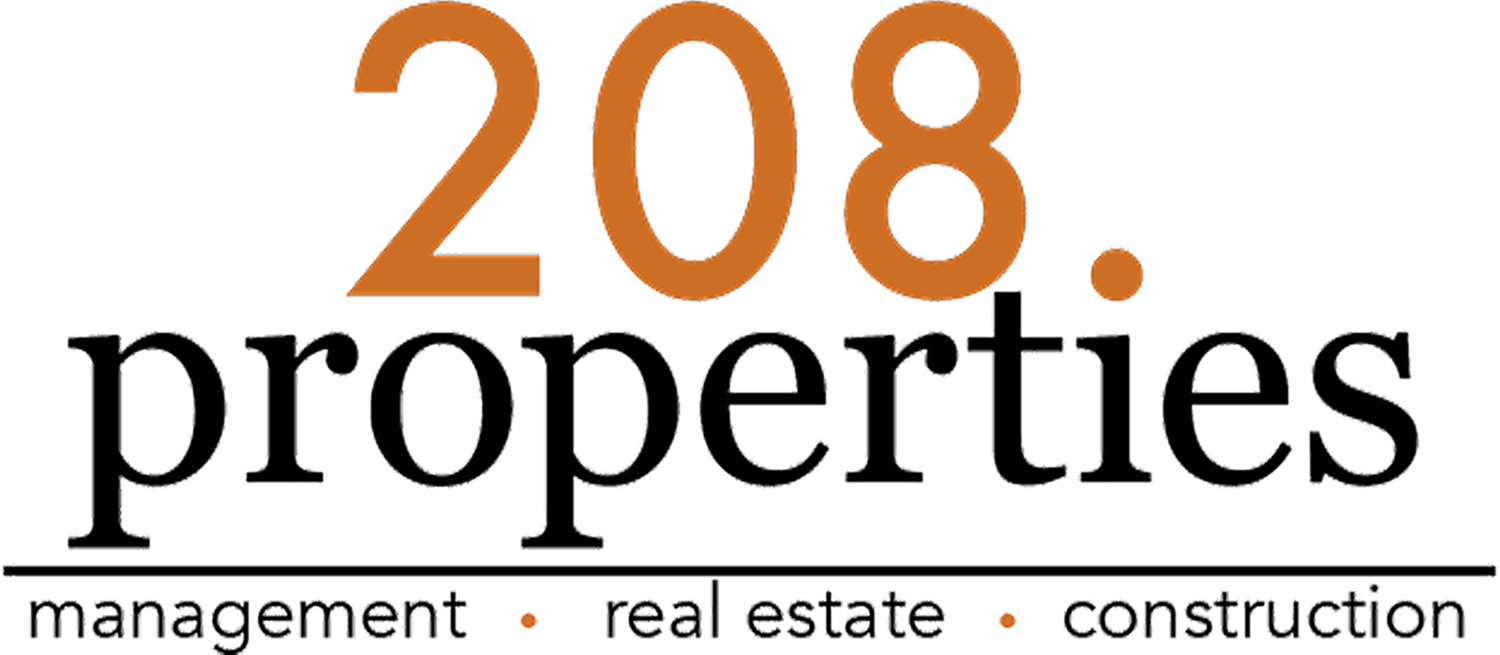Over the past decade, Boise, Idaho, has experienced rapid population growth, transforming it from a relatively small city into one of the fastest-growing metropolitan areas in the United States. This expansion has reshaped the region, bringing both opportunities and challenges. The Boise metro area, which includes surrounding cities like Meridian, Nampa, Eagle, and Caldwell, has seen its population swell by tens of thousands, driven by a combination of migration, economic opportunity, and lifestyle appeal.
Population Surge in the Boise Metro Area
Between 2014 and 2024, the Boise metro area has consistently ranked among the fastest-growing regions in the nation. According to U.S. Census data, the population of the Boise metropolitan area grew by nearly 25%, with the area adding over 150,000 new residents, bringing the total population to around 770,000 by 2024. The growth has been largely driven by people moving from other states, particularly from California, Washington, and Oregon. Many were attracted by Boise’s relatively low cost of living, scenic beauty, and growing job market.
Boise’s growth is part of a broader trend seen across the state of Idaho, which has consistently been one of the fastest-growing states in the U.S. over the past decade. Idaho's overall population rose by nearly 20%, with much of that growth concentrated in the Treasure Valley, where Boise is located.
Drivers of Population Growth
Several factors contributed to Boise's population boom over the last decade:
Affordability: Compared to cities on the West Coast, Boise offered a significantly lower cost of living, particularly in terms of housing. This affordability attracted many young families and professionals seeking to escape the high prices in states like California and Washington.
Quality of Life: Boise is known for its outdoor recreation opportunities, friendly communities, and a slower pace of life. Its proximity to outdoor activities like hiking, skiing, and fishing made it an attractive option for those seeking a balanced lifestyle.
Economic Opportunities: Boise has seen growth in sectors such as technology, healthcare, and construction. The city’s tech industry, often referred to as “Silicon Valley West,” attracted companies and startups looking for a less expensive alternative to traditional tech hubs. Additionally, Boise's booming housing market created jobs in construction and real estate, further boosting the local economy.
Remote Work: The rise of remote work, particularly during and after the COVID-19 pandemic, allowed people to relocate to areas with a lower cost of living while maintaining jobs based in larger cities. Boise became a prime destination for remote workers who sought to balance their professional careers with a higher quality of life.
Impact on Infrastructure and Housing
With this surge in population came growing pains. The housing market in Boise experienced significant strain as demand outpaced supply. Home prices in the area more than doubled over the decade, making Boise one of the hottest housing markets in the U.S. For example, the median home price in Boise increased from around $200,000 in 2014 to over $500,000 in 2024. The influx of new residents also spurred a rapid increase in rent prices, putting pressure on long-time residents.
The city's infrastructure struggled to keep pace with the population growth. Roads and highways became more congested, and local officials have had to implement transportation projects to address traffic concerns. Public services such as schools, healthcare, and public transportation have also felt the pressure, prompting the need for expansion and investment in these areas.
Urban Sprawl and Changes in the Local Landscape
The growth of Boise has led to increased urban sprawl, with new developments pushing into the surrounding areas. Once rural towns like Meridian and Eagle have grown into bustling suburban centers, while Nampa and Caldwell have seen their populations skyrocket due to more affordable housing options. This expansion has reshaped the local landscape, with farmland giving way to housing developments, shopping centers, and new schools.
Meridian, for example, has become one of Idaho’s largest cities, with its population doubling in the last decade. What was once a quiet bedroom community is now a thriving city with its own economic base, creating a more interconnected metropolitan area.
Challenges and Opportunities for the Future
While Boise’s growth has brought economic prosperity, it has also presented challenges. Rising housing costs have raised concerns about affordability for longtime residents, and there are worries about the impact of rapid development on the area’s natural resources, including water supply and green spaces. Additionally, maintaining the city's appeal as a livable, affordable, and accessible place will require careful planning in areas like infrastructure, housing, and environmental sustainability.
On the other hand, Boise's growth presents numerous opportunities. The expanding population fuels demand for local businesses and services, encourages investment in infrastructure, and fosters a more diverse economy. If Boise can manage its growth effectively, it is poised to become a major regional hub with a high quality of life and a sustainable future.
The past 10 years have been a period of transformative growth for Boise and its surrounding areas. As the city continues to evolve, balancing the benefits of population expansion with the need to preserve the unique qualities that make Boise such an attractive place to live will be crucial. The next decade promises to be just as dynamic, with the potential for Boise to cement its place as one of the most desirable places to live in the United States, while also addressing the growing pains that come with such rapid expansion.
Thinking about moving to Boise?
Explore the hottest neighborhoods in the area and see why so many are making the move!









